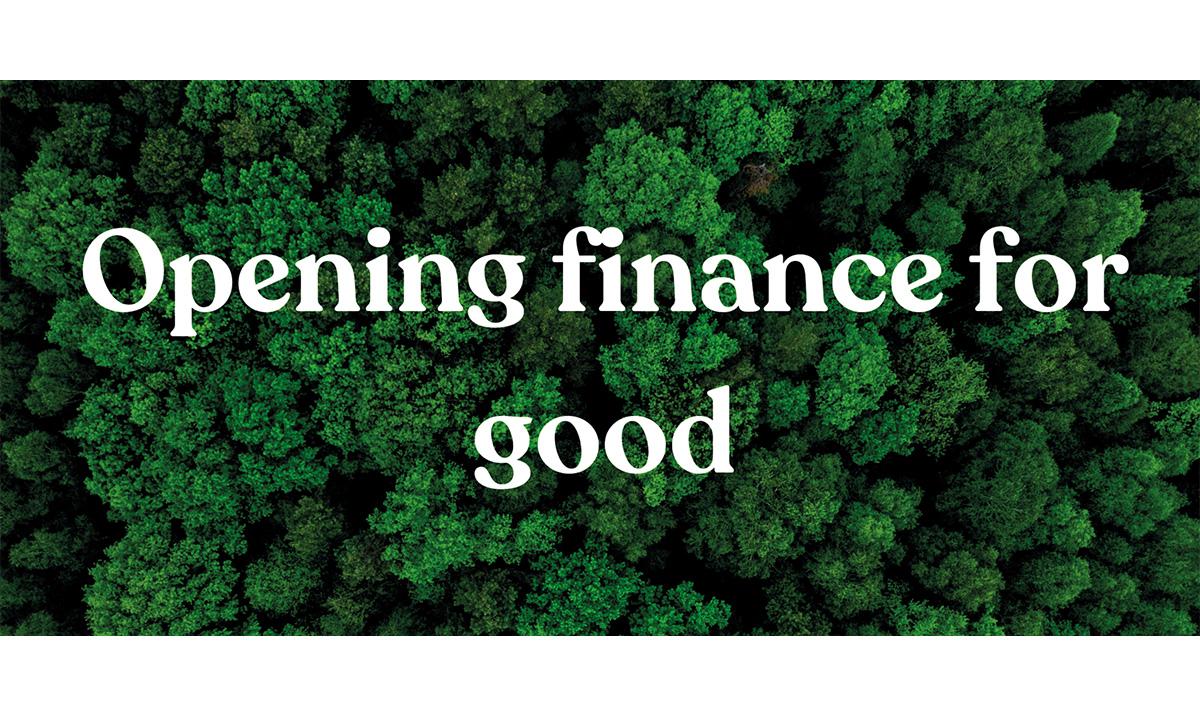Getting to know Smart Data Foundry
24 June 2022
We were born out of the Open Banking industry.

In 2018 new regulation enabled people to move their consented banking data easily and securely across banks and other providers and between banking apps. One of the main motivating aims of the UK government was to increase the levels of competition in the UK market to enable new Financial Technology (FinTech) start-ups to collaborate or compete with the big high-street banks.
The big promise of Open Banking, and later Open Finance (which extends the technology and regulation into all aspects of your financial life), was that it would enable new services. The benefits would be more convenient banking and the unleashing of the data we create in our daily financial transactions to put it to good use.
This last promise has been harder to realise. Partly because innovating around any data is complex and partly because some of the exciting and interesting things you can do with data carry risks of compromising privacy or enabling financial crime.
About the same time that Open Banking launched, the University of Edinburgh, FinTech Scotland (the organisation supporting the Scottish FinTech cluster), and FDATA (Financial Data and Technology Association: the global association for companies operating in Open Banking) conceived an idea for building a not-for-profit organisation that could enable the private, public, and voluntary sectors to collaborate around unlocking financial data for good. This was Smart Data Foundry’s purpose.
In 2020, thanks to early support from the Edinburgh Futures Institute (EFI), part of the Data-Driven Innovation (DDI) City Region Deal programme, the team built a business plan and secured its initial funding from UKRI.
We first launched as the Global Open Finance Centre of Excellence. Since then, the Open Banking and Open Finance world has inspired data sharing movements in many other sectors: energy, telco, and transportation. People are now speaking about smart data to encapsulate the benefits of wider data sharing and consumption.
While there was much value in unlocking financial data, we found that some of today’s biggest challenges require bringing together many sorts of data. To reflect our original purpose we relaunched as Smart Data Foundry: an organisation designed to unlock financial data for good – not only to do good but also to create social impact that lasts for good.
How we keep data safe
We understand the responsibility of working with people’s data and strive to do this in the most secure and least intrusive ways available. When we utilise data from a third party, such as a commercial bank or credit agency, we follow a robust information governance model to ensure data is always treated safely. This data can primarily be described as pseudonymised or de-identified – and since we do not hold the pseudonymisation keys, most of the data processed can be considered ‘effectively anonymised.
1. It starts with clear, documented agreements between Smart Data Foundry and the provider of data (eg NatWest Group), using Non-Disclosure Agreements (NDAs) and Data Sharing Agreements (DSAs) to agree how data will be shared, stored and used. This includes collecting only the minimum data fields necessary for the research outcomes.
2. The supplier of the data works to de-identify the data, making sure that the data contains no Personally Identifiable Information (PII).
3. Smart Data Foundry runs a Data Protection Impact Assessment (DPIA) test to make sure there is limited possibility of re-identification of the de-identified data and agrees further controls where necessary.
4. We then work with the data supplier to make sure they have completed a similar DPIA process to assess risks and mitigations.
5. The data suppliers use an encrypted secure file transfer tool to transfer the data to our EPCC-operated Data Safe Haven.
6. Trained Smart Data Foundry Information Governance staff triage the data to make sure no PII has been transferred accidentally and complete final QA checks.
7. Once in the Safe Haven, only named and vetted individuals can access the data for research and analysis purposes, using vetted data analysis tools. Researchers are unable to access the internet when processing the data.
8. Any published results are checked to ensure the data is sufficiently aggregated to prevent disclosure of individual data points.
Our current missions
Stop the Squeeze. By providing data on financial wellbeing and resilience, we will help Government and industry take real actions to help people on the poverty line survive and thrive.
Countering Climate Change. We are working with academics who understand how satellite data can be better interpreted to reveal patterns of activity on the planet’s surface that indicate positive or negative climate change activity. We are also producing enriching sandbox environments supporting innovation in new ESG-related FinTechs by creating synthetic data sources for those businesses to test their business models against.
Open Finance for All. We see the future of Open Banking as the blueprint for Open Finance and Smart Data, available to all parts of society (especially traditionally excluded groups), designed to protect against crime, resilient to failure and future shocks.
Strong Small Business. Smart Data Foundry recently partnered with Sage Group, FreeAgent and Equifax to work with their data. We are talking with three of the UK’s major High Street banks to contribute banking data to create a unique view of what’s really going on. We’ll share these insights with Government and others to inform decisions about how to support the sector, meaning better lending options for small businesses, better cash flow, and better productivity accelerating the recovery of the wider UK economy.
Author
Kimberley Mitchell, Smart Data Foundry
kimberley.mitchell@ed.ac.uk
Subscribe to our newsletter
To read more stories like this, subscribe to EPCC News (two issues per year). See link at foot of page.
